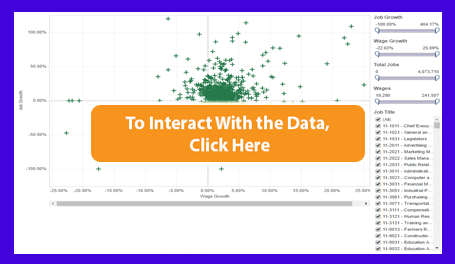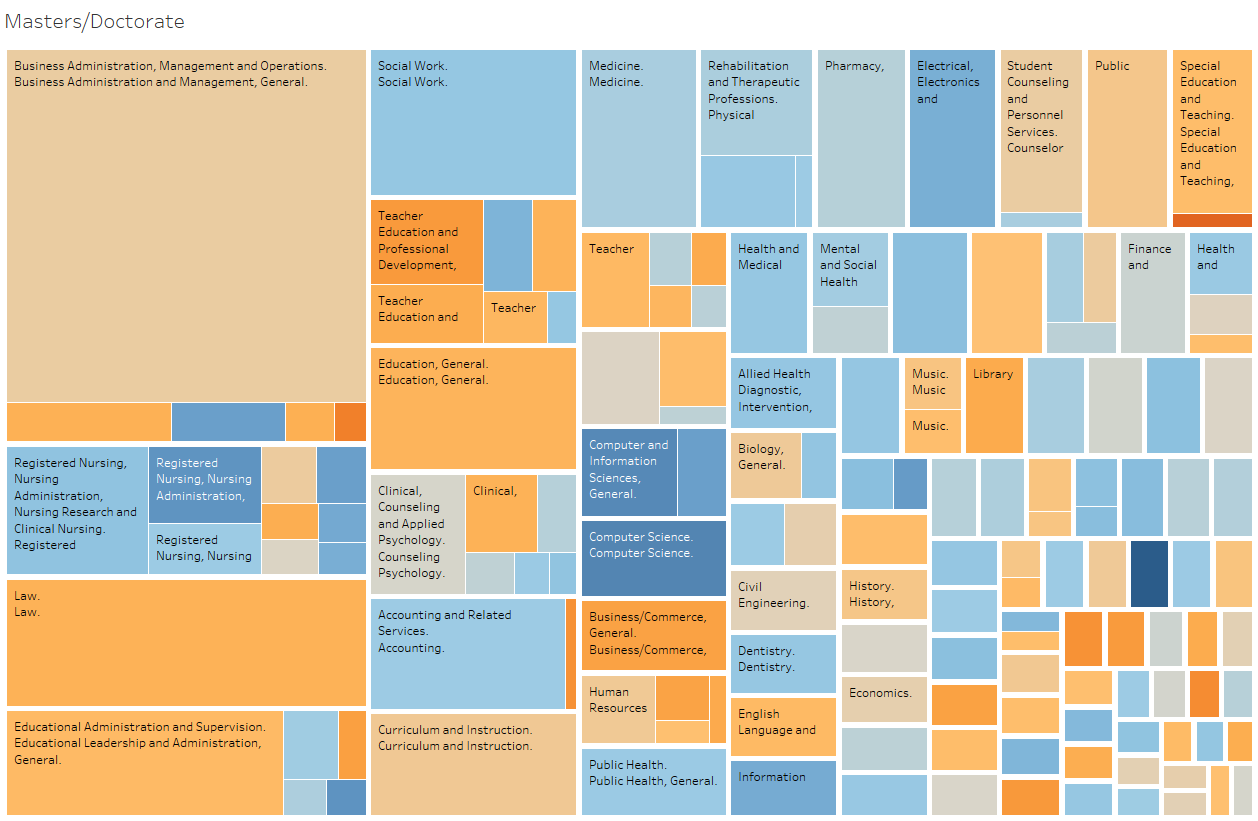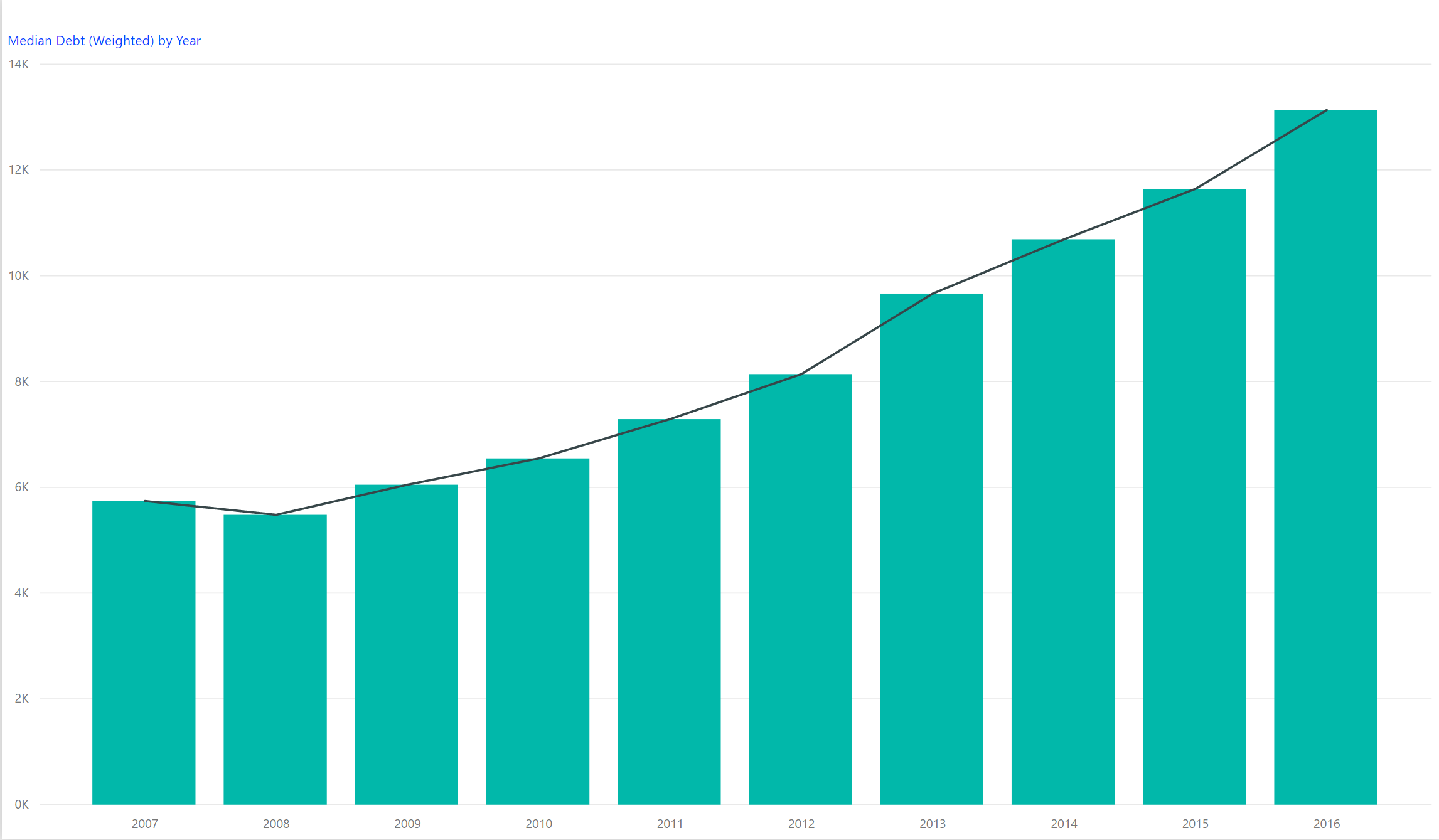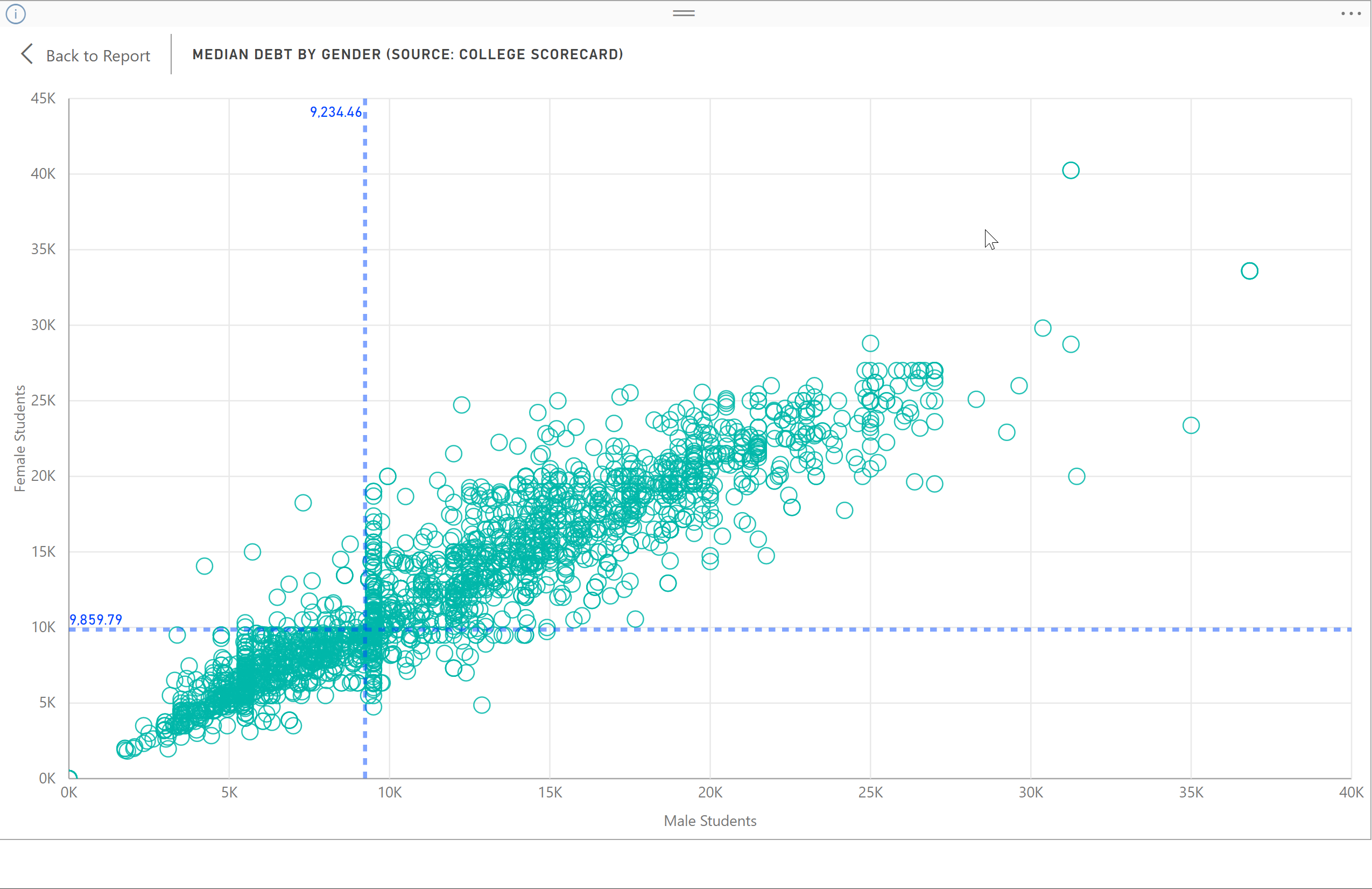The incidence of sexual assaults on college campuses continues to be a hot topic in light of the Stanford student sentencing. This has again raised the issue of how effective campuses are at handling sexual assaults. As I have blogged previously, institutions receiving Title IV dollars must report specific acts of violence against women under the Clery Act. You would think that we would be holding up to scrutiny those institutions that have a poor record of controlling sexual assaults.
However, a recent article raises a great point about the nature of sexual offenses. The author maintains they have to be self-reported in most cases and there is a stigma towards reporting this type of crime. Thus, institutions that have a high self-reported number of sexual assaults may in fact be doing a great job of getting women to report these crimes.
It dawned on me that we might be able to compare other types of offenses against sexual assaults such as drinking and drug use and draw some conclusions. If a campus has other types of related issues (alcohol and drug discipline offenses), it may spawn higher incidences of sexual assault. As mother used to say, little offenses begat big offenses. The beauty of the Clery Act data is that we do in fact have both.
I pulled out the discipline offenses for alcohol and drug use along with the total number of recorded incidents of violence against woman using Public Insight OmniView. To create context, I also extracted the female enrollment. I calculated the number of discipline offenses and sexual assaults per 100,000 students to normalize all of the results. The Tableau Public packed bubble visualization shows the relationship at an individual institution level between these two indicators. A packed bubble neatly shows the relationship between two variables. The size of the bubble represents the number of sexual offenses per 100,000 and the color represents the number of discipline offenses per 100,000. Because the packed bubbles are proportional to each other, you can easily show the context between institutions and select specific institutions to compare. You can also control for number of female enrollees and number of sexual offenses using the slider.

Care needs to be applied when interpreting this data. There are a lot of variables to consider. For example, the number of students living on campus may have an impact (we could easily pull that in as well). In scanning through some of the results, it does appear residential campuses have higher rates of offenses. Also the drinking offenses are not disaggregated to male enrollees in the data which would have been nice. Nevertheless, it creates a fascinating visual of these two types of offenses and how they relate on an institution by institution basis. To interact with the Tableau visualization, click HERE.





